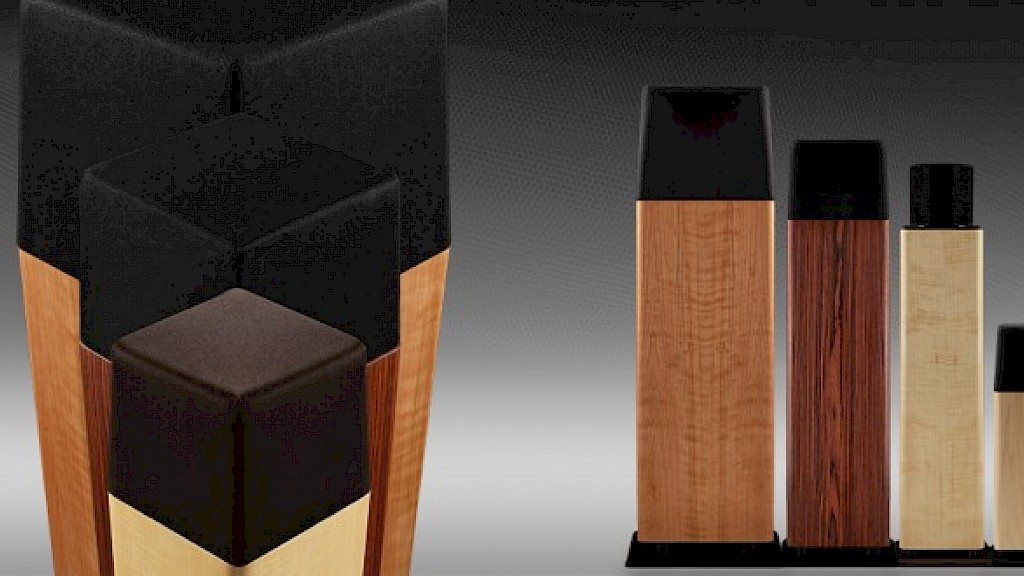Are There Really “Golden Ears” – And What Do They Hear?
In the world of the serious audio enthusiast, there is the term Golden Ears. It denotes a person with hearing so critically acute that he or she can make fine discriminations in terms of what they hear and can separate out, for instance, not only a particular instrument but a specific player in an orchestra of 100+ musicians.
As we have discussed previously (Can Ears Be Trained…?), ears can be taught what to listen for and “trained” to listen more critically and analytically. Most Golden Ears are these kinds of listeners, but there are also others who, like musicians with “perfect pitch,” have intuitively developed the skill.
In terms of product design and development, Golden Ears can provide valuable assistance. They can critically listen to a product – in my own case, speakers – and provide opinions based on listening. Those comments are very often confirmed by hard frequency analysis and other testing. In some cases, the Golden Ears pick up what the testing analysis misses.
A personal experience: when we were developing the Coherent Audio Monitor series of bookshelf speakers, we wanted to approach the “boxless” quality of the Walsh driver models. We determined there were two major contributors to this sound quality: the edges of the box and grill frame plus the front panel the tweeter was mounted on – the megaphone effect.
We softened the box’s edges and used perforated plastic for the grill that was acoustically transparent right to the front of the cabinet. We took the tweeter off the front panel and mounted it in an egg-shaped enclosure on top of the cabinet. This worked and gave us control of the dispersion in the treble since the Egg-Tweeter (as we called it) could be rotated.
We made three models. The two smaller models had 6.5-inch woofers and the large one had an 8-inch woofer. In the two larger models we used passive radiators to extend the deep bass. In the smallest cabinet we used a vent since there was not enough room for a passive radiator. We felt the smallest model (CAM-16 at $450/pair) was an exceptional value; several reviewers, including Consumer Reports (mostly using tests) and Stereophile (mostly using Golden Ears), agreed.
True to their Golden Ears, Stereophile reported a bit of a problem in the midrange missed by us and the other reviewers. We chased down the source (the vent acting like an organ pipe) and corrected the mistake (by moving the pipe resonance out of the range of the woofer). We have made better speakers ever since because we always check this potential problem. Well done, Golden Ears!
Do Golden Ears become Tin Ears when their owners become blind? No, of course not! It just may seem that way when experienced listeners face blind testing. Let me restate my position on blind vs. sighted testing: if blind testing cannot reliably distinguish between two choices, the difference is not worth further investigation since so many, many things can easily be distinguished – particularly in speakers.
While often, the comments of Golden Ears appear “soft” and subjective – words like “Warm” or “Harsh” come into play - even these observations have critical value to the designer. After all, most violins can, if properly played, deliver all the notes. But a Strad “sounds” different from other violins. There are even those who would make the case that one Strad sounds quite different from another.
Ultimately, any serious designer of audio components is devoted to the music. The Golden Ears provide another important “measurement” tool for gauging the performance of our products. Again, Thanks!!
Enjoy & Good Listening,
John
Subscribe to Ohm News & Views to get the latest posts in your inbox
John Strohbeen Author
John Strohbeen was the President and Chief Engineer of Ohm Acoustics from 1978-2023.


